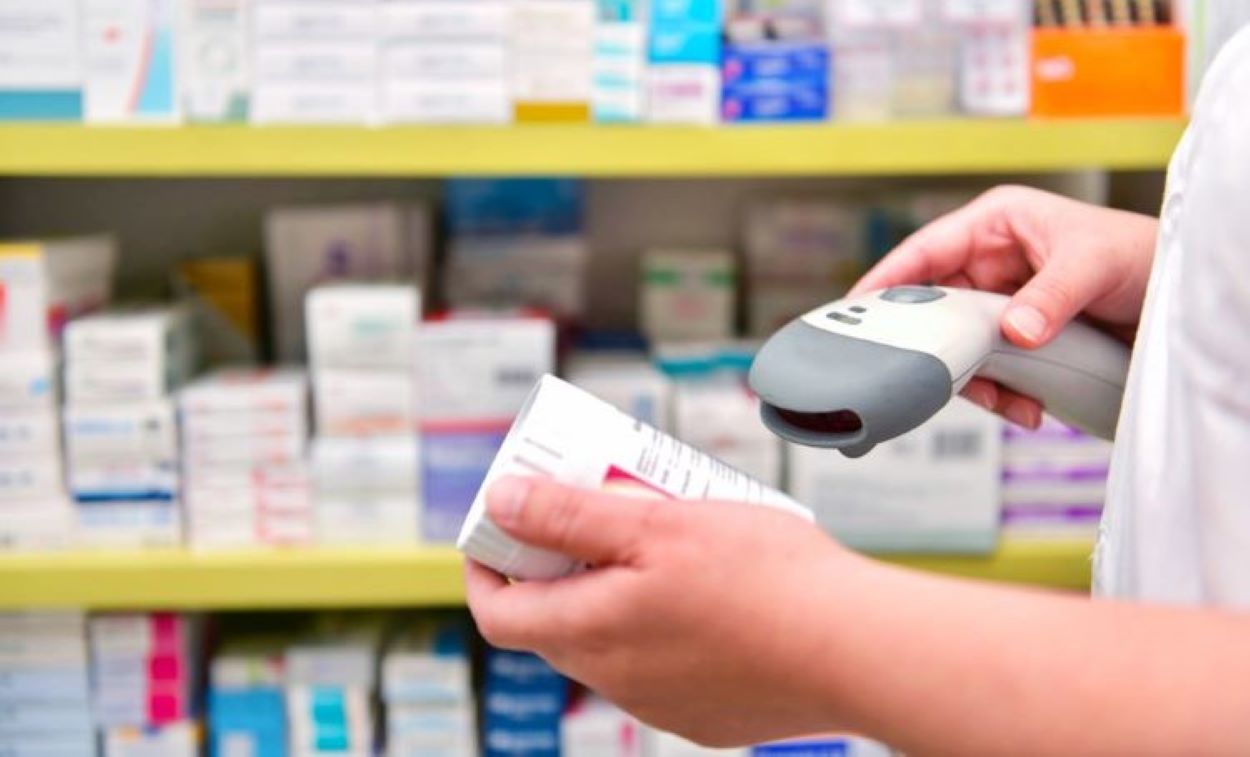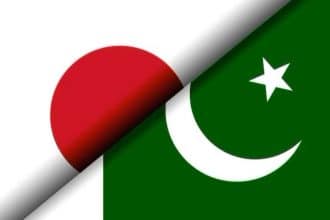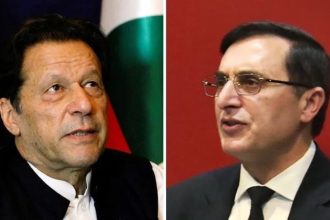The NHS Ministry requires barcodes on all drug packaging by April 20. Furthermore, this rule applies to both local and imported drugs.
Notably, the Drug Regulatory Authority of Pakistan’s 51st meeting in Islamabad made this decision. Importantly, the federal health secretary chaired this meeting, with Drap’s CEO, Dr Asim Rauf, and others attending.
Moreover, barcodes will help citizens check drug prices and authenticity via smartphones.
Additionally, this step aims to ensure quality medicine distribution and combat fake drugs. Thus, it matches global standards for supply chain management in pharmaceuticals.
Also, this initiative, promoting safety and quality in Pakistan, uses a global code system. It enables citizens to verify medications and prices by scanning with smartphones. Moreover, it simplifies tracking drugs and recalling them if necessary.
Started nearly a decade ago, the NHS ministry and Drap have aimed since 2015 to introduce this system. Their goal is to stop the sale of fake drugs and control pricing. By 2017, the project was ready for federal cabinet approval.
Consequently, drug packaging will now include QR codes similar to those in department stores. Consumers can scan these codes for product details, helping identify fake drugs.
Furthermore, those without smartphones can get help from store owners for verification. Additionally, this system supports drug recall processes in case of issues, boosting safety.
Barcodes will also help government hospitals monitor drug expiry and availability, preventing the sale of counterfeit drugs.
Finally, stakeholders like the Pharmaceutical Manufacturers Association and Pharma Bureau contributed to this system, seeing its benefits. Initially, the idea was to use scratchable barcodes, but it was deemed too expensive.






